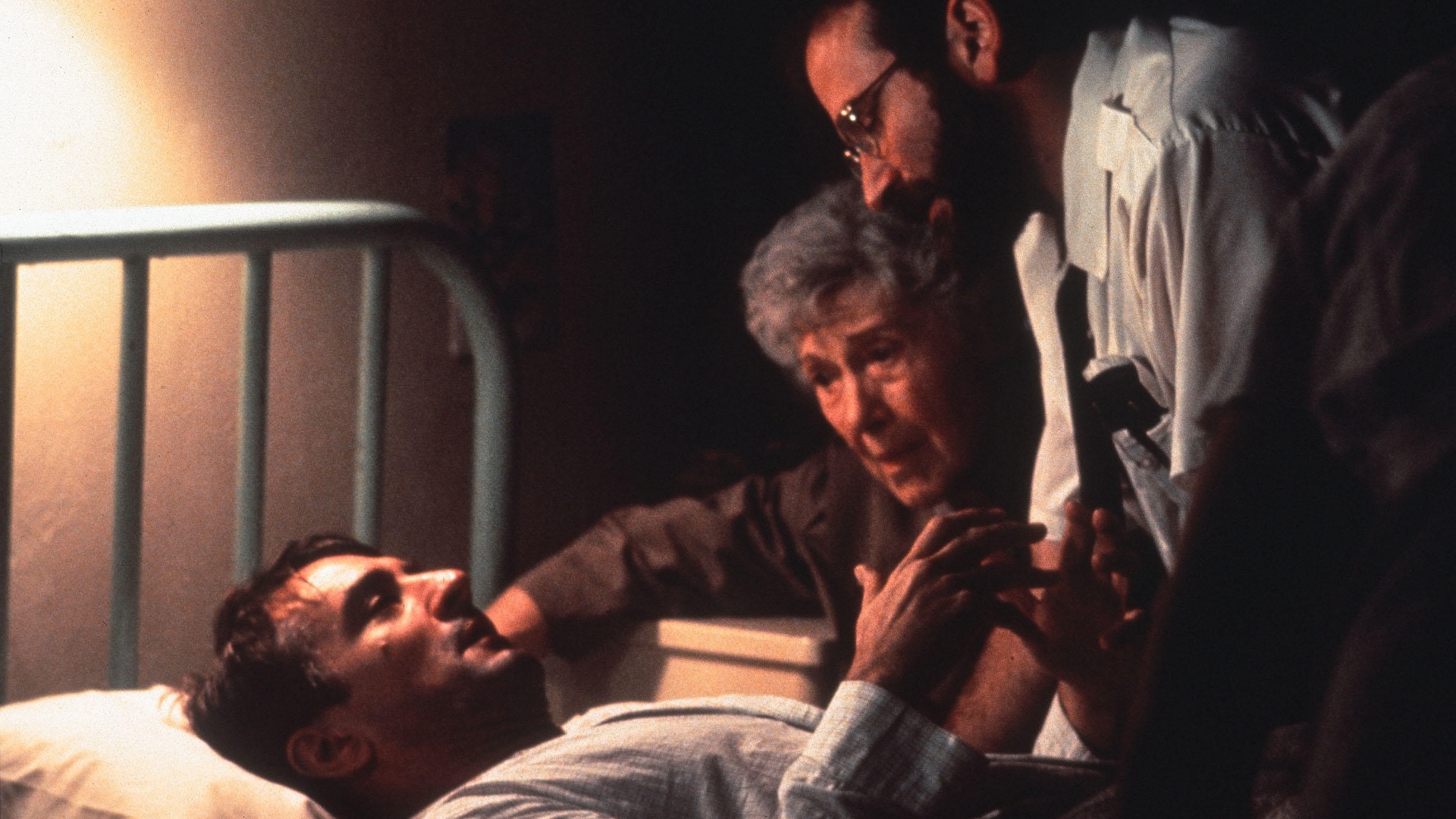Education Sciences, Vol. 13, Pages 573: Public Investment in Short-Cycle Tertiary Vocational Education: Historical, Longitudinal, and Fixed-Effects Analyses of Developed and Less-Developed Countries
Education Sciences doi: 10.3390/educsci13060573
Authors: Lijing Yang Edward Patrick St. John
We use three analytic steps to examine public investment in short-cycle tertiary education. First, reviewing the historical development, the literature reveals that national and regional policies on educational development emphasized bachelor’s programs in vocational education in the early twenty-first century, especially in the EU. This historical background informs the longitudinal trend analysis in the second step of the educational and public investment variables (2000–2018) in our econometric analysis. The combined descriptive studies illuminate competitive advantages for EU and ASEAN nations in networks emphasizing open economic and academic exchange. Third, the fixed-effects analysis indicates a higher level of investment in general tertiary education per student, associated with a lower enrollment level in short-cycle vocational and technical tertiary programs. Using insights from this three-step process, we explore the implications of a nation’s capacity to invest in short-cycle tertiary programs as part of economic development and the pursuit of social equity within and across countries. Specifically, we conclude that short-cycle programs are a step toward integrating vocational education into programs in polytechnics and other higher education institutions.

 1 year ago
25
1 year ago
25


